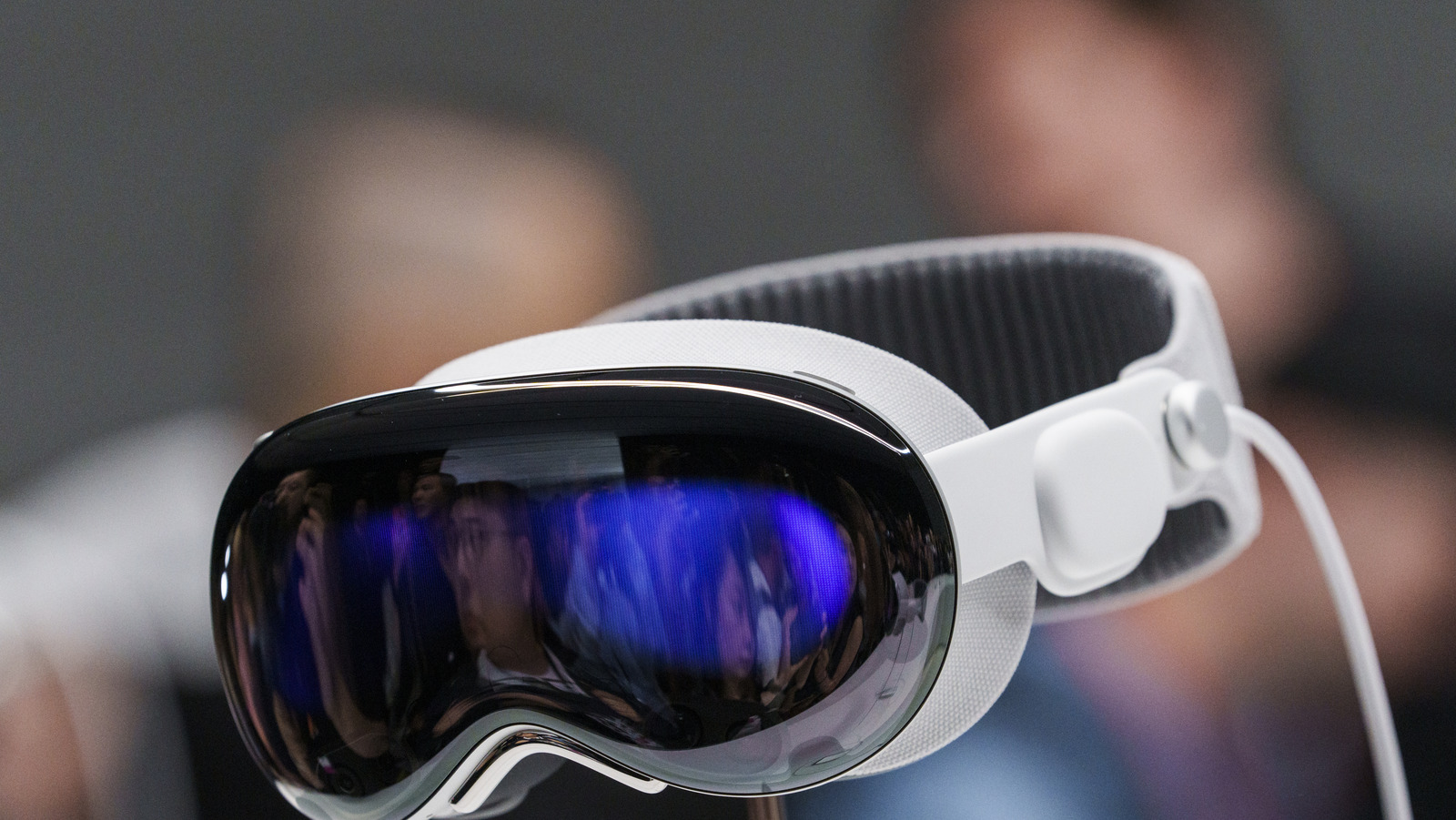
The Vision Pro is brimming with arguably the most advanced XR tech out there, but three of its biggest strengths are the pixel-dense micro-OLED screens, the dual-processor design, and plenty of sensors for environmental visualization and gesture control. Gurman predicts that Apple could do away with the R1 + M2 chip design on the Vision Pro, in favor of a single M-series silicon on its cheaper headset, or even an A-series chip borrowed from iPhones.
Next, Apple could also offer toned-down display hardware. The Vision Pro comes armed with a custom micro‑OLED display system crammed with 23 million pixels, which Apple claims can deliver a 4K resolution per eye. Apple could downgrade it to a more mainstream LCD unit for a more affordable model. For comparison, Meta’s own high-end Quest Pro mixed reality headset offers two LCD panels, each delivering a resolution of 1800 x 1920 pixels per eye.
Finally, Apple could also cut down on the number of sensors to keep the costs down, but standout features like gesture tracking and EyeSight could still make their way to the cheaper Apple headset. But these are early rumors at best, and depending upon the supply chain situation and technical success during development, the launch timeline could move further down the road. It is unclear how much Apple is going to charge for the budget-friendly headset, but the company would want to sell it in the same $1,000 ballpark as the Meta Quest Pro.
For all the latest Games News Click Here
For the latest news and updates, follow us on Google News.
